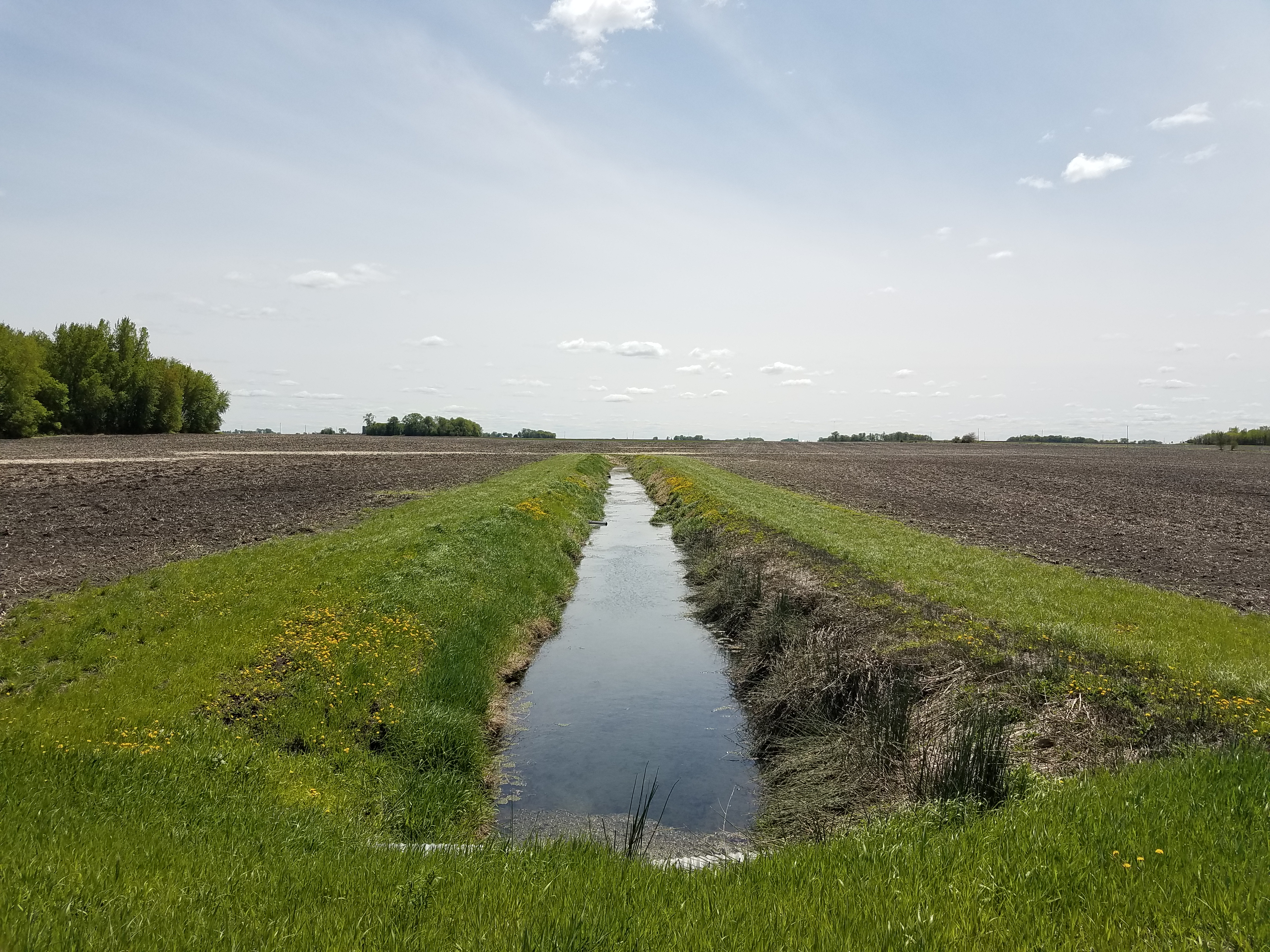Purpose and Considerations
This guidance is for local government units charged with implementation of the buffer law. The focus is on how to advise and review buffer measurement compliance for property along an existing Minnesota Statutes, Chapter 103E public drainage ditch.
Statutory References
Buffer Law
The buffer law requires buffer widths based on the classification of the waters identified on the Buffer Protection Map. The buffer measurement requirement for public drainage ditches is as follows, with the key reference to drainage law underlined:
M.S. §103F.48, Subd. 3. Water resources riparian protection requirements on public waters and public drainage systems.
(a) Except as provided in paragraph (b), landowners owning property adjacent to a water body identified and mapped on a buffer protection map must maintain a buffer to protect the state's water resources as follows:
(2) for public drainage systems established under chapter 103E, a 16.5-foot minimum width continuous buffer as provided in section 103E.021, subdivision 1. The buffer vegetation shall not impede future maintenance of the ditch.
Drainage Law
Drainage law includes the following requirement for buffer strip measurement, with the key applicable part of the requirement underlined:
M.S. §103E.021, Subd. 1. Spoil banks must be spread and permanent vegetation established.
“… The permanent strips of perennial vegetation shall be 16-1/2 feet in width measured outward from the top edge of the constructed channel resulting from the proceeding, …"
Measuring Buffer Width
The following diagrams provide a visual representation of the starting line or point from which to measure a buffer strip for a public drainage ditch. These diagrams are applicable to buffers established under Minnesota Statutes, Section 103F.48 (buffer law) and Minnesota Statutes, Chapter 103E (drainage law).



